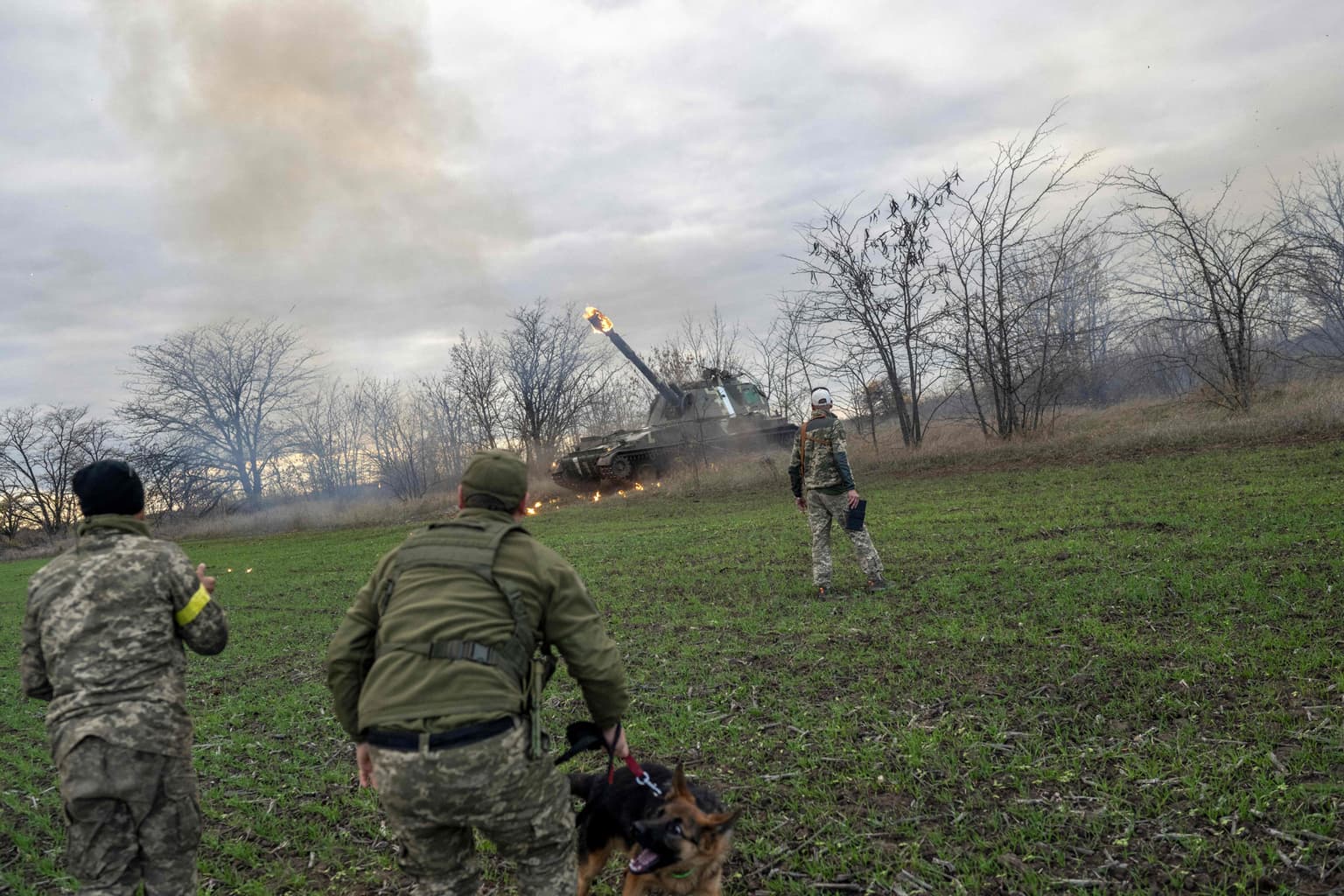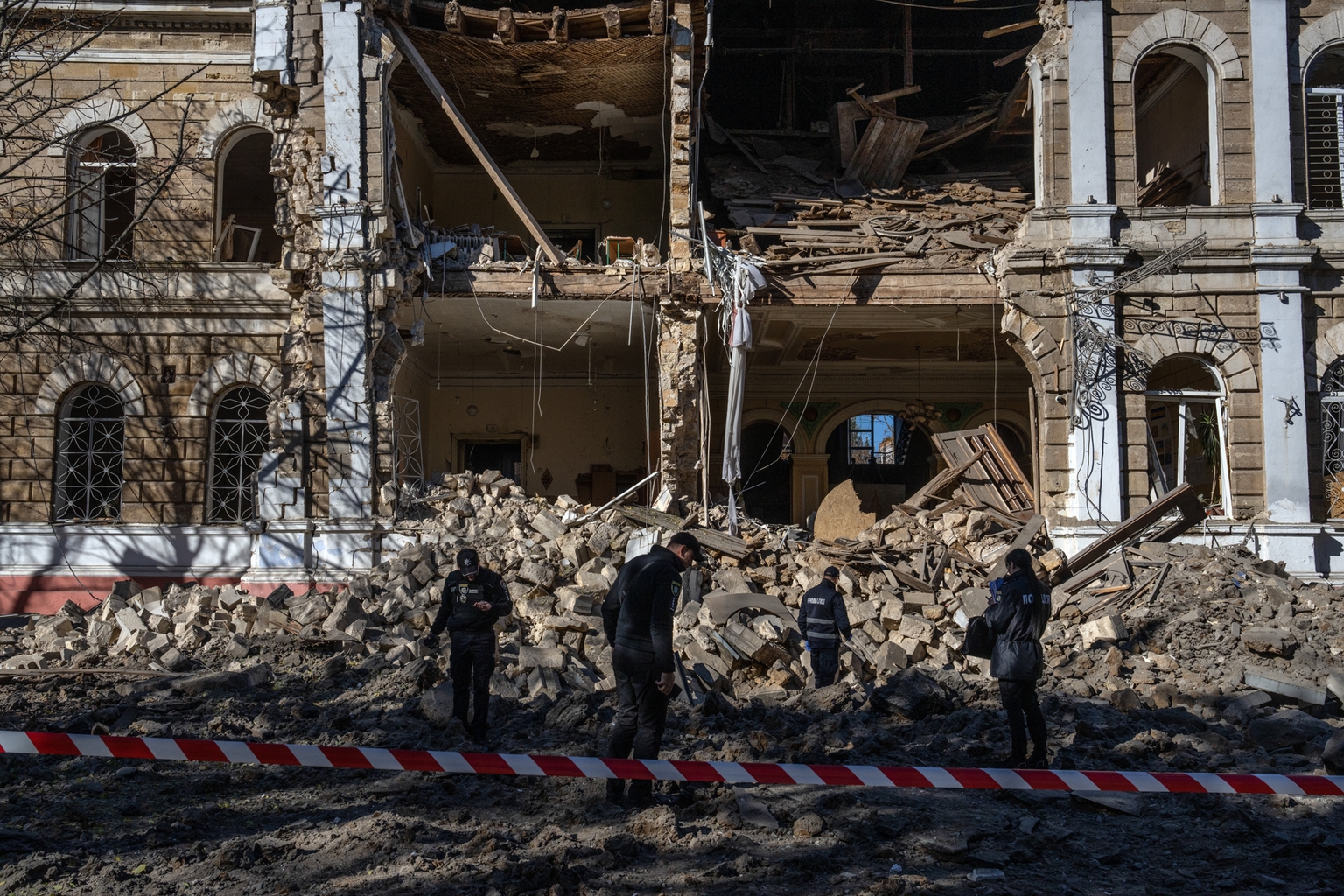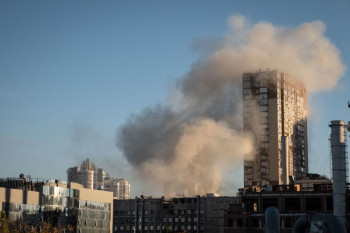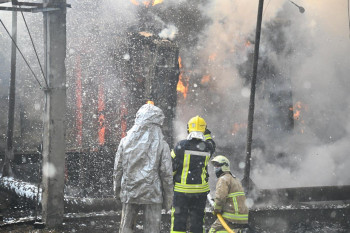Ukraine war latest: Russian proxies intensify deportation campaign in Kherson Oblast

Key developments on Nov. 1:
- Russian proxies in Kherson Oblast widen “evacuation” zone; Ukraine condemns it as forced deportation
- Ukraine says Russia used phosphorus ammunition on Bakhmut
- Intelligence reports suggest that Iran will send 1,000 weapons to Russia, including ballistic missiles; 200 drones may be delivered in early November
- Russia fires 4 missile strikes, 26 airstrikes across Ukraine
Russian-installed proxies turned up their deportation of local residents in the occupied parts of Kherson Oblast on Nov. 1 amid Ukraine’s continuing attempts to retake the city of Kherson.
The leadership of Russia’s occupation in Kherson ordered up to 70,000 residents within a 15-kilometer zone east of the Dnipro River to be resettled deeper into the largely occupied region.
Earlier, the forced relocation campaign only targeted the population on the west bank of the river. Tens of thousands of residents, including in the city of Kherson, were ordered to relocate east of the river.
This marks the first time Moscow has attempted to depopulate occupied territory located on the east bank of the Dnipro River, opposite from Kherson, a regional capital that remains Ukraine’s ultimate target in its southern counteroffensive.
The change comes the day after Ukraine’s chief military intelligence officer Kyrylo Budanov said that Ukraine would retake Kherson in November.
Ukraine said the relocation of residents in the country’s occupied south amounted to forced deportation that constitutes a war crime.
Yuriy Sobolevskyi, the first deputy head of Kherson Oblast Council, condemned Moscow for escalating the scale of the “deportation program” in the south, adding that “fears of destruction push the occupied to take crazy steps.”
“The concentration of war crimes is simply sky-high,” Sobolevskyi said on Telegram.
Russian-installed proxies in Kherson cited what they claimed were threats from a possible Ukrainian strike on the Moscow-held Kakhovka dam that could end up flooding the area.
This follows the Russian propaganda campaign that accused Kyiv of preparing an attack on the major hydroelectric power station’s dam in Kakhovka, upstream from Kherson.
The accusation has been dismissed by both Ukraine and its Western allies, but raised concerns that Russia was preparing a false-flag attack on the dam. President Volodymyr Zelensky has accused Russia of mining the Kakhovka dam with the intention to blow it up.
Battlefield developments
Russian forces are ramping up their attacks on Bakhmut, a city in Donetsk Oblast that they have failed to capture for months.
On Nov. 1, Ukraine’s General Staff said that Russians were advancing near the eastern strategic city, while heavily shelling the area with artillery.
In the northeast, Kharkiv Oblast Governor Oleh Syniehubov said that there were 29 settlements still occupied by Russia, which adds up to about 1.6% of the region.
In Ukraine’s south, Russian forces are bolstering defensive lines on the west bank of the Dnipro River, where Kherson sits, according to the Southern Military Command.
Overnight, Russians fired upon Ukrainian troops along the front line in Kherson Oblast using rocket systems, artillery, and mortars, the command added.
Iranian involvement
Ukraine’s intelligence said Iran plans to send over 200 combat drones to Russia in early November. It added that kamikaze drones, which Moscow has increasingly used to strike energy facilities across the country, would be included in the upcoming batch.
Cheaper than cruise missiles, Iranian-made drones have helped Moscow strike targets far from the front line.
According to the Nov. 1 intelligence report, drone parts will arrive via the Caspian Sea to Astrakhan in southern Russia.
Western officials told CNN that Iran is preparing to send about 1,000 additional weapons to Russia, including the first-ever delivery of surface-to-surface short-range ballistic missiles that could boost Moscow’s military capabilities.
CNN’s report said Iran’s latest weapons shipment to Russia included about 450 drones, but no advanced precision-guided missiles were delivered. According to the officials who spoke with CNN, the upcoming batch is expected to be delivered before the end of the year.
Despite concrete evidence, Iran has repeatedly denied sending weapons to Russia. Ukraine said that it had shot down over 300 drones since Sept. 13.

Casualties and attacks
Russian forces launched four missile strikes and 26 airstrikes across Ukraine on Nov. 1, according to Ukraine’s General Staff.
Mykolaiv came under intense attack by Russia’s S-300 missile systems overnight. Russian attacks killed an elderly woman, Governor Vitaliy Kim said.
“She was simply hiding in the bathroom from these bombardments, but the rocket reached her anyway,” Kim said on Telegram.
Mykolaiv Mayor Oleksandr Sienkevych reported that more than 10 residential buildings suffered damages, and two educational institutions were “partially destroyed.”
Donetsk Oblast Governor Pavlo Kyrylenko said that Russian forces hit an industrial zone in Kramatorsk with 14 missiles. He didn’t disclose the level of damage or casualties yet.
The governor said on Nov. 1 that two people were killed in Bakhmut and one in Kurakhove, near occupied Donetsk, over the past day.
Meanwhile, Zelensky said that Russian missile and drone strikes have destroyed “30-40% of Ukraine’s energy system” as the war-torn country braces itself for hard winter.












